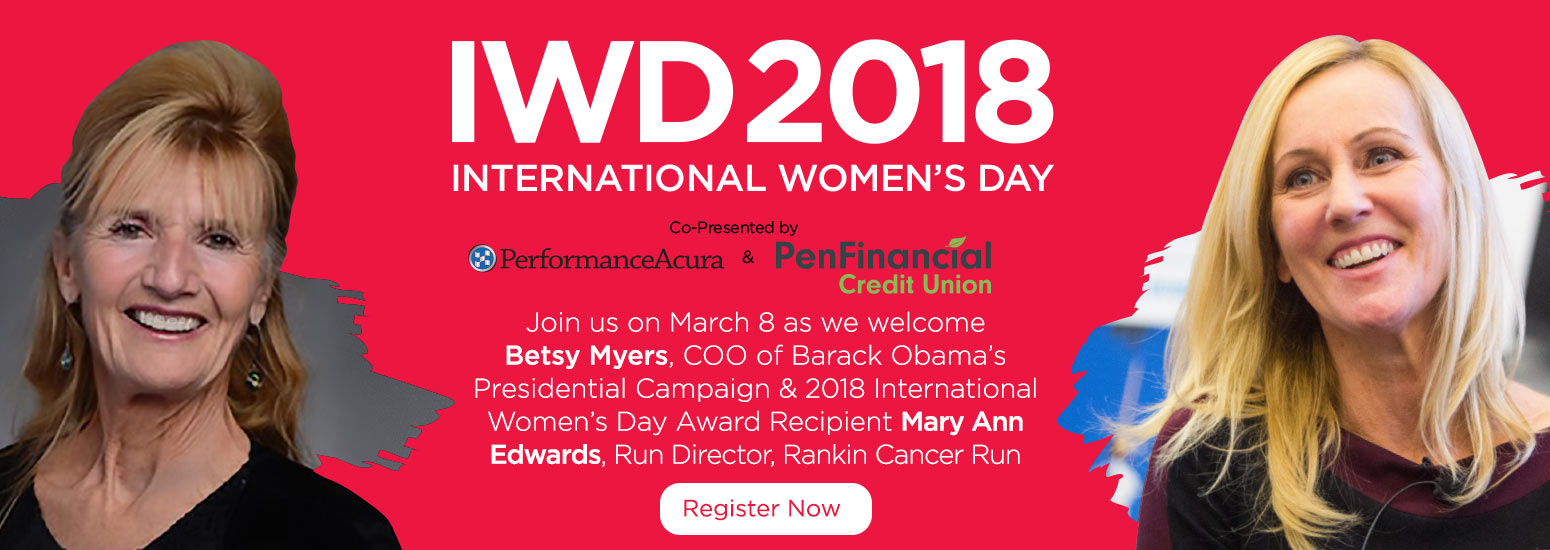
By Grant LaFleche, The St. Catharines Standard
A recent report that gave high marks to Niagara’s economy isn’t telling the full story, says the president and CEO of Greater Niagara Chamber of Commerce.
“We’re very positive about Niagara, but I think when you look at this report, or any report, you also have to look at the big picture,” Mishka Balsom said about last week’s National Bank of Canada study which ranked Niagara as having the second highest economic performance in the country.
That ranking, touted by regional politicians, is driven by double-digit increases in Niagara housing prices and new non-residential investment in the third quarter of 2017.
Balsom said it is important to note that rising housing prices is not an indicator of increased economic activity and, taken on its own, doesn’t reflect what is actually going on in the local economy.
“Housing prices are not an economic activity,” she said. “We are not producing more goods, we aren’t creating more jobs, we aren’t generating new services.”
Balsom said there are other key economic indicators that cannot be ignored, including unemployment and the participation rate in the workforce.
Canada’s national unemployment rate fell to 5.7 per cent in December — its lowest rate since 1976 — but Niagara’s continued to hover around seven per cent.
According to Statistics Canada seasonally adjusted labour force data, the unemployment rate in Niagara fell to 6.8 per cent from 7.1 per cent in November.
“There’s some progress there, but Niagara’s unemployment rate remains much higher than the provincial and national averages,” Balsom said. “And this is something that we need to take a look at.”
More concerning for Balsom is the decline in the participation rate in the local job market.
The number of people who have a job or are actively looking for work fell from 63.3 per cent in 2016 to 60.7 per cent in 2017.
Balsom said that drop indicates there are people who have just “checked out” of the workforce. She said the reason for the decline is not entirely clear and, like unemployment, is an issue Niagara needs to examine.
She said even the National Bank of Canada’s Niagara Metropolitan Economic Momentum Index, which compares the economic performances of 20 urban areas across the country, shows where economic issues are upon closer examination.
She pointed to municipalities ranked above and below Niagara on the study — Hamilton and Kitchener-Waterloo respectively.
Both municipalities have significantly better unemployment and participation rates compared to Niagara, which indicates a more robust economy.
Moreover, Balsom said the 28 per cent increase in housing prices that pushed Niagara into second place in the study’s ranking is in part the result of Niagara’s housing prices catching up to those in other Ontario municipalities, rather than the result of something happening in the local economy.
There are also questions about who is investing in Niagara’s housing market, and where those people are working.
She said Niagara has benefited from a “spillover” from Hamilton and the GTA as people look for more affordable homes, particularly in west Niagara.
“So the question becomes: are these people who just have homes here, but are working elsewhere, or are we building the economy, the goods and services, around these homes?” she said. “And when housing prices rise, that doesn’t necessarily mean people are selling their homes. People tend to make a move when they make a move.”
There are other issues surrounding higher house prices that also need to be considered, she said. As prices rise, it becomes more difficult for people to buy homes, which has spillover impacts on rental properties and affordable housing in the region.
Balsom said the National Bank of Canada report is not a negative for the region, but cautioned against becoming too excited about it. It is better, she said, to take a wider view of the entire economy to understand what is happening in Niagara.
Original article: www.stcatharinesstandard.ca/2018/02/07/economy-report-not-telling-the-full-story-balsom
















































































































